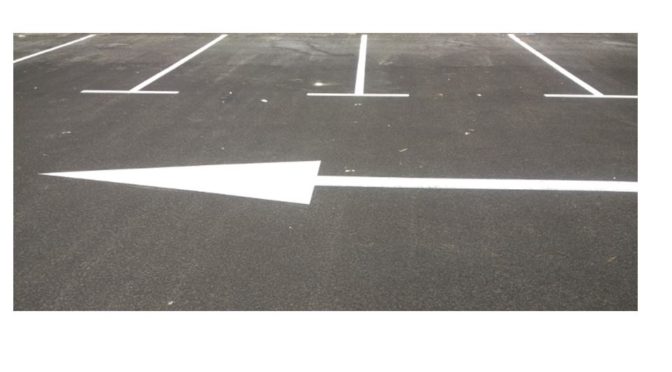Should we have to introduce a “Diagnosis Rescue Team” for patients?

Health systems are local, but the problems are global
Many patients and families spend several visits and time looking for an answer to their health problems. Across this path of uncertainty, no one is able to measure the amount of anxiety, impotence, even desperation, together with a lack of information about a properprocedure to claim or someone to ask. Can we do more to help patients in this not uncommon situation? Probably this subject is not associated with the type of health system, public or private, because the key moment for the patient is the encounter with a physician who has to decide if the clinical picture is worth of more diagnostic test or just could be enough with a treatment for the symptoms.
Referral organization is important, but clinical expertise is even more
Diagnostic delays are analyzed in a retrospective way by definition, but without a general theoretical framework for analysis. There is more information about “models” to study diagnostic delay in cancer. There are three basic models of cancer care in the literature, two of them derived from the world of the psychology , the Safer model (1) and the Andersen model (2), widely used in publications, and the third one coming from the medical general practice world, the Olesen model (3) developed in Denmark.
In all these models there is some kind of assumptiom that, once the patient meet the doctor, everything is going to be correct , and the duty for a person or a family is to contact with the system, in a very similar way when we try to board a train.
The Gates of the System
In our environment ,there are two important “gates” where patients confront his or her immediate future for a proper and timely diagnosis: the Primary Care and the Emergency Department, both of them overcrowded and working under high pressure. The problem with a quick and accurate diagnosis in these facilities is not only the organization, but also the proper disease because, even important diagnoses, share symptoms with the other common clinical situation. There are some variables associated with a delay or wrong diagnosis: age of the patient (an adolescent never has an important disease) and old person (everything is associated with his/her chronic clinical problem/s), gender (bladder cancer, laryngeal cancer, is diagnosed late in women in relation to men), or special circumstances such as obesity.
Proposals to improve the situation of a first diagnosis
There are signs of a possible diagnostic delay or a diagnostic error looking at some variables, very well studied and described in cancer by Lyratzopoulos (4), based on UK data indicating wide between-cancer variations in measures or markers of diagnostic timeliness, suggested that the proportion of patients with a given cancer who experience multiple (e.g. three or more) primary care consultations before specialist referral could be considered as a marker of the difficulty of suspecting that cancer at first presentation. Moreover, it has been shown that attendance rates for patients who are later diagnosed with cancer tend to rise months before a cancer diagnosis. These results support earlier findings that diagnostic delay in general practice may be reduced by improving history taking, explanations of the rationale for ruling out non-cancerous causes, and adoption of an “open-door” policy for patients with persisting symptoms (5), aspects of all them with a direct relation to the physician´s clinical skills.
I believe that a group of patients need help to be rescued from the iterative visits to a medical facility, giving time for doctors to a proper and complete clinical assessment, and controlling the lack of a differential diagnosis when not an absurd explanation.
I would propose some ideas to reduce the burden of patients and families that spend time and suffer anxiety across the uncertainty of a diagnostic process, one of them the presence of a figure or organization what could be able to detect an excess of the number the visits in a short period of time associated with the same symptom and also the possibility of a patient to communicate his or her situation in an electronic way.
Proposals
1. Establish a specific “momentum diagnostic” inside the Health Centers in Primary Care , with enough time and with expert doctors.
2. The first visit of a patient needs a specific time and dedication inside our Health Centers and Hospitals.
3. We propose a new figure to help patients and families during the diagnostic process. A structure dedicated to “recover” patients with clear characteristics that could be a sign of a possible diagnostic delay such as:
– number of visits: more than three visits to a medical facility with the same signs and symptoms in a short period of time (one and half month), PLUS
– symptoms that could indicate an important problem: constitutional syndrome, bleeding, fever, dyspnea, nausea and vomiting, headache, PLUS
– confidentiality
This is not an easy task. This structure can be collapsed if there is not a clear delimitation to the kind of situations and patients that really need to be “rescued”.
Lorenzo Alonso, MD
Foro Osler
Bibliography
(1) Safer MA, Tharps QJ, Jackson TC, Leventhal H. Determinants of Three Stages of Delay in Seeking Care at a Medical Clinic. Medical Care 1979; 17: 11-29)
(2) Andersen BL, Cacioppo JT. Delay in seeking a cancer diagnosis: Delay stages and psychophysiological comparison processes. Br J Soc Psychol 1995; 34: 33-52
(3)Olesen F, Hansen RP, Vedsted P. Delay in diagnosis: the experience in Denmark. Br J Cancer 2009; 101: S5-S8
(4) Lyratzopoulos G, Wardle J, Rubin G. Rethinking diagnostic delay in cancer: how difficult is the diagnosis?. BMJ 2014; 349: 1-6
(5) Jensen H, Nissen A, Vedsted P. Quality deviations in cancer diagnosis: prevalence and time to diagnosis in general practice. British Journal of General Practice 2014; DOI: 10.3399/bjgp14X677149)


